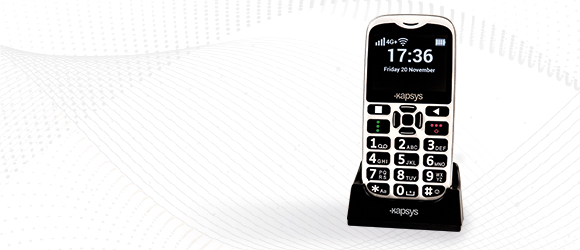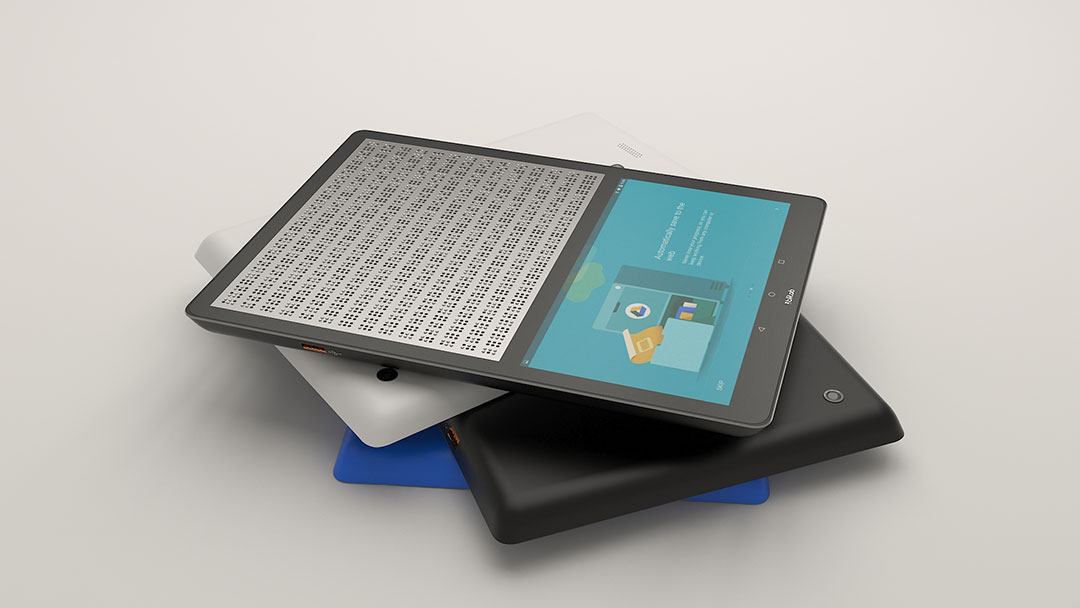Voice-Activated Assistive Devices: Supporting the Visually Impaired
Voice-Activated Assistive Devices: Supporting the Visually Impaired
Blog Article
Empowering Freedom With Assistive Technology for the Blind
The assimilation of assistive technology right into the lives of individuals with visual problems stands for a considerable advancement in promoting independence and self-sufficiency. From ingenious display visitors to advanced smart walking canes, these tools not just enhance day-to-day navigating and communication but likewise encourage users to involve meaningfully in different elements of life. As we explore the myriad benefits and real-world applications of these modern technologies, it ends up being critical to take a look at the hidden variables that add to their efficiency and the potential for future growths in this vital field.
Summary of Assistive Innovation
The advancement of assistive technology is based in concepts of inclusivity and empowerment. Technologies in software, equipment, and sensory enhancements give individuals with options tailored to their particular requirements. From display viewers that transform text to speech, to tactile devices that communicate information with touch, these devices change the way people engage with their surroundings.
Along with functional applications, assistive technology fosters higher social inclusion and engagement in various fields, consisting of education and work (Wearable technology for low vision). As r & d proceed to progress, the possibility for assistive innovation to further improve the lives of aesthetically damaged people stays appealing, leading the way for a much more equitable culture where every person can flourish
Kinds Of Assistive Tools
A variety of assistive gadgets have emerged to sustain people with aesthetic problems, each made to satisfy details needs and enhance everyday functioning. These devices vary from low-tech options to state-of-the-art innovations, providing varied choices for individuals.
Low-tech tools include magnifiers and large-print products that assist in analysis and writing. Braille devices, such as Braille stylus pens and slates, enable tactile analysis and interaction. Orientation and flexibility help, like white canes, aid users browse their setting safely.
On the higher end of the range, digital magnifying systems and display viewers use substantial support. Electronic magnifiers enable users to increase the size of message and images on screens, while display viewers convert digital material into synthesized speech, assisting in access to details on computer systems and mobile phones.
Smart device applications additionally play a crucial function, supplying features like text acknowledgment and navigation aid. Wearable technology, such as smart glasses furnished with enhanced reality, is becoming a promising device to improve situational recognition.
Advantages of Assistive Modern Technology
The assimilation of assistive technology dramatically improves the lifestyle for individuals with visual problems. These innovations empower customers by promoting freedom, enabling them to browse their settings better and perform day-to-day tasks with higher ease. Display viewers and magnifying software application permit individuals to gain access to electronic information, promoting specialist and academic opportunities that might have previously been out of reach.
Additionally, assistive gadgets such as wise walking sticks and GPS applications provide real-time navigating support, enhancing flexibility and safety and security. This increased autonomy not only boosts self-worth however likewise encourages social engagement, permitting customers to participate even more completely in their communities.
Assistive innovation additionally facilitates interaction, helping customers attach with others with voice acknowledgment and text-to-speech applications. This ability is essential for maintaining connections and accessing essential details.
Furthermore, the customization choices readily available with numerous assistive innovations guarantee that individuals can tailor tools to their particular needs, further enhancing use and efficiency. Generally, the benefits of assistive technology for people with aesthetic problems are extensive, promoting a much more inclusive culture where everyone can pursue their goals and goals.
Study and Success Stories
Highlighting the transformative influence of assistive innovation, various study show how individuals with aesthetic problems have actually efficiently integrated these devices right into their every day lives. One compelling instance involves an university student that used screen analysis software application to browse academic products YOURURL.com and on the internet sources efficiently. This innovation not only facilitated her education however also boosted her confidence in joining conversations and group tasks.
Another study features an expert who employs a mobile phone application developed for navigating and things acknowledgment. By using this app, he has actually reclaimed autonomy in both his personal and job atmospheres, permitting him to commute individually and involve with coworkers extra efficiently.
In addition, a senior citizen shared her experience with braille e-readers, which enabled her to access a huge variety of literature and stay linked with her neighborhood through book clubs.
These success stories highlight the crucial function of assistive technology in fostering self-reliance, boosting lifestyle, and promoting social integration for individuals with visual problems (Braille displays and notetakers). By welcoming these innovative tools, individuals can overcome obstacles and take opportunities that contribute to their specialist and individual gratification

Future Trends in Assistive Modern Technology
Technology in assistive technology is positioned to redefine the landscape of assistance for people with visual problems. Arising fads highlight the assimilation of fabricated knowledge (AI) and artificial intelligence, which enhance the functionality of devices that help with navigating and info ease of access. As an example, AI-driven applications are now with the ability of translating visual data in real-time, enabling customers to involve with their atmosphere much more independently.
Additionally, the advancement of wearable technology is progressing quickly. Smart glasses geared up with enhanced fact (AR) can offer audio article summaries of surroundings, changing exactly how customers engage with public areas. These tools not just promote autonomy yet also foster social addition.
Additionally, the Net of Things (IoT) is making homes smarter, enabling smooth connection between assistive devices and everyday home appliances. This connectivity encourages individuals by allowing automatic reactions and voice-activated controls tailored to private requirements.
Verdict
In verdict, assistive technology plays an essential function in equipping people with visual disabilities by Continue enhancing their self-reliance and engagement with their surroundings. The varied array of applications and devices available not just assists in navigating and interaction but additionally promotes social integration and opportunities for personal and expert growth. As developments proceed in this area, the potential for enhancing the lifestyle for those with aesthetic impairments will certainly expand, fostering higher freedom and empowerment.

Report this page